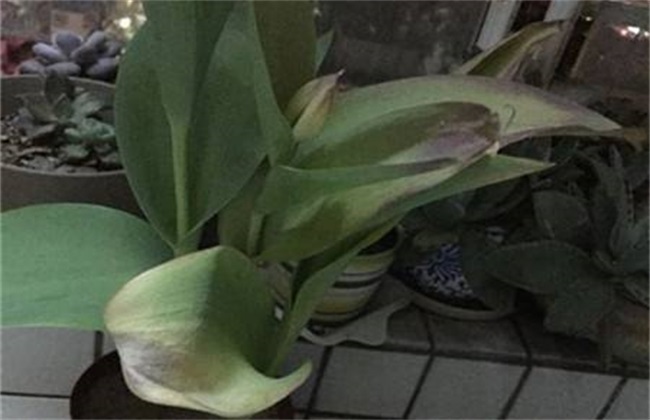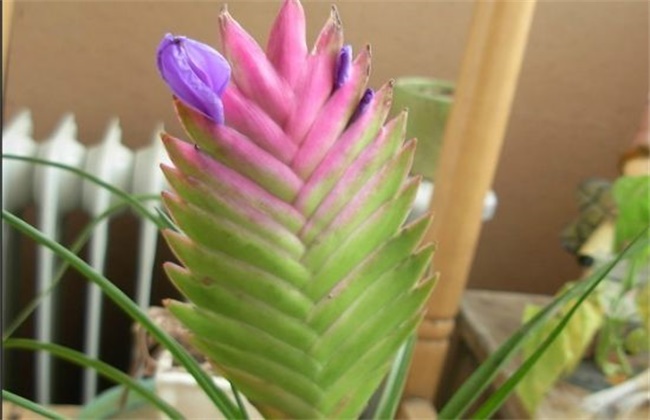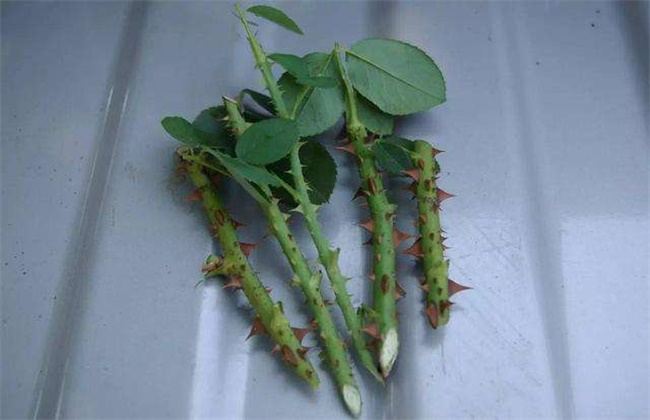What if the tulip leaves turn yellow?
Tulip is a perennial herb of Liliaceae, which is well-known in China and is a very popular flower. It is basically distributed everywhere, and the ornamental value of tulips is very high, and there is also a certain medicinal value. However, many people often have yellow leaves when they plant tulips. So what should I do if the tulip leaves turn yellow? Let's take a look at it together.

1. Control lighting
Light is very important for the growth of tulips. The normal growth of tulips needs a lot of light, if the light is not enough, it will have a great impact on the growth of tulips. It is easy to lead to poor growth of tulips, falling buds, wilting yellow leaves and other bad phenomena. And it will shorten the flowering period of tulips. Therefore, when we plant tulips, we should pay attention to maintain a good light environment to promote the photosynthesis of tulips and provide sufficient light for tulips. But it should be noted that the light should not be too strong, in summer and other strong light environment, but also to do a good job of shading work.
2. Rational fertilization
Fertilizer is also indispensable to the growth of tulips. Tulip is a kind of flower with great demand for nutrition, which should not only apply sufficient base fertilizer before planting, but also do a good job of topdressing in the process of its growth. The base fertilizer is generally based on rotten farm manure. After entering the peak growth period of tulips, nitrogen, phosphorus and potassium fertilizer is applied about three times a month. And stop topdressing at flowering stage. If there is a shortage of fertilizer during the growing period of tulips, the plants will wilt yellow leaves due to the lack of various nutrients, especially phosphate fertilizer, so we must pay more attention to it.
3. Proper watering
Although water is also an essential substance in the growth of tulips. But we must pay attention to control the amount of water when watering, and we must not water too much. If too much watering, then the soil will produce stagnant water, resulting in the roots can not breathe, rotting roots and other phenomena. Therefore, the leaves will also cause yellowing due to the lack of nutritious water. However, within 7 days after planting, the demand for water is still relatively large, so it is necessary to water more. After the plant germinates, it is necessary to gradually reduce the amount of water, especially in the flowering period, water must not be too much. But do not be too dry, too dry will also delay the growth of tulips.
4. Temperature control
Tulips are very sensitive to changes in temperature. Tulips have strong cold resistance, but they like to grow in a warm environment. The temperature should not be too high. If the temperature exceeds 22 degrees when planting, the growth rate of tulips will decrease significantly, and the phenomenon of yellow leaves will appear slowly. Therefore, when we plant tulips, we must pay attention to control the temperature. If the temperature is too high to cause yellow leaves, then timely ventilation, and create a cool environment, and then slowly spray water like leaves. Especially after the temperature exceeds the suitable range of tulips, it is necessary to spray water around the plant in time to cool down.
The above is a brief introduction to the yellowing of tulip leaves. In addition to the above, we also need to do a good job in the prevention and control of diseases and insect pests and ventilation and other daily management work, focusing on prevention and reducing the phenomenon of yellow leaves. That's all for today's introduction. This article is for reference only. Thank you for your reading and support.
Related
- Fuxing push coffee new agricultural production and marketing class: lack of small-scale processing plants
- Jujube rice field leisure farm deep ploughing Yilan for five years to create a space for organic food and play
- Nongyu Farm-A trial of organic papaya for brave women with advanced technology
- Four points for attention in the prevention and control of diseases and insect pests of edible fungi
- How to add nutrient solution to Edible Fungi
- Is there any good way to control edible fungus mites?
- Open Inoculation Technology of Edible Fungi
- Is there any clever way to use fertilizer for edible fungus in winter?
- What agents are used to kill the pathogens of edible fungi in the mushroom shed?
- Rapid drying of Edible Fungi



